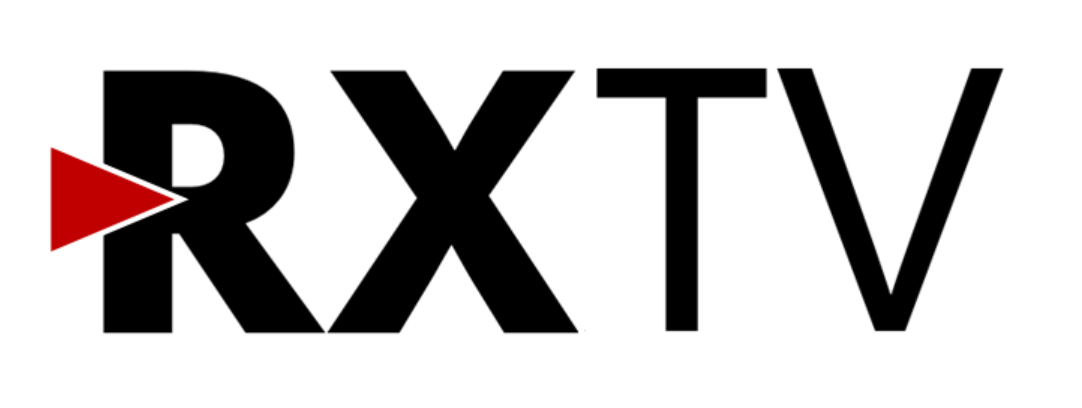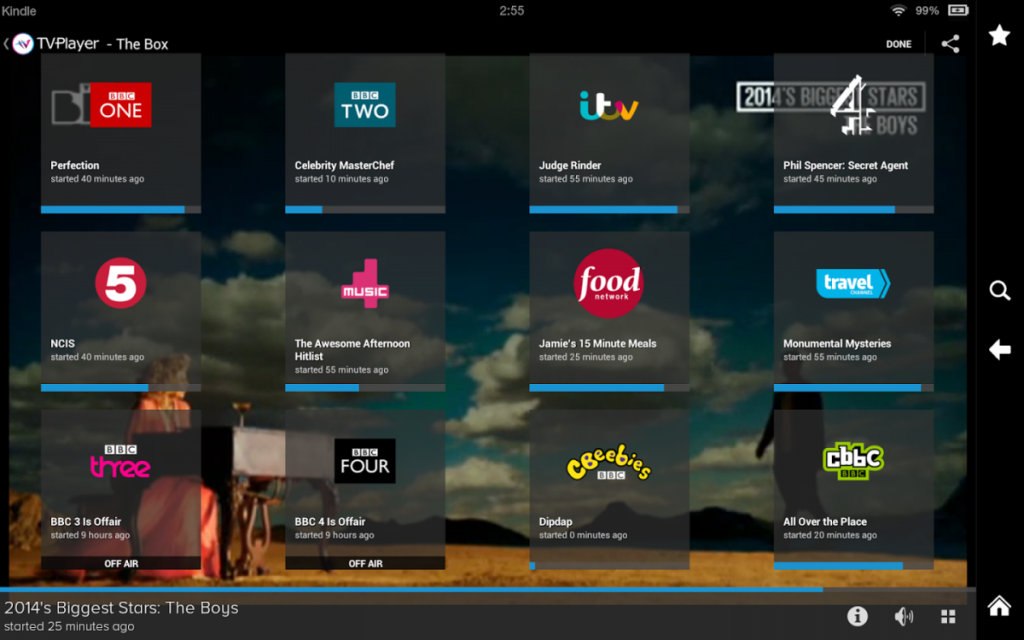The streaming service once enabled viewers access to all major channels in one app long before some broadcasters woke up to the potential of online TV.
- A decade ago, TVPlayer was the place to access live TV without needing an aerial or dish.
- Site and support pages have fallen offline.
- Broadcasters withdraw their support leading to collapse of company in 2019, before being kept online by new owners.
TVPlayer, once a pioneer in legal live TV streaming, quietly vanished from the digital landscape over the summer. Previously offering a broad mix of free and subscription-based channels, the service gradually lost ground as major broadcasters shifted focus to their own streaming platforms.
After being acquired by French media firm Alchimie in 2019, TVPlayer pivoted to hosting a selection of highly niche channels. For the past three years, it operated without publicly sharing subscriber data.
Now, both the app and website have ceased functioning entirely. The UK site returns a 502 error, and no prior notice was issued. Customer support and contact options have also disappeared.
Streaming trailblazer
TVPlayer made its quiet debut on iOS in late 2013, before rolling out more broadly in 2014 and quickly positioned itself as a trailblazer in the online TV streaming space. For the first time, UK viewers could legally stream all major channels through a single app, without the need for an aerial or satellite dish. Whether on mobile, tablet, laptop, or select smart TVs, live television became instantly more accessible.
At the time, services like Sky offered live TV streaming to their subscribers via desktop and later mobile platforms. But for the millions outside the pay-TV ecosystem, there was a glaring void. TVPlayer stepped in to fill that gap, offering a unified, legal alternative that hadn’t existed before.
Back in the early 2010s, many freely accessible TV channel streaming websites were from dodgy providers. Broadcasters actively pursued those sites, driving many offline. Where channels were available online, licensing issues meant that some services or individual programmes could only be accessed via wi-fi and not mobile connections. Some programmes couldn’t even be broadcast online at all.
Just nine years ago, TVPlayer acquired 4G streaming rights for all channels broadcast on its platform. It’s hard to imagine that until as recently as 2016, you were not guaranteed to be able to stream live TV on a mobile connection.
For a time, TVPlayer expanded into premium channels with services from Discovery and UKTV among others. For a brief time it also operated a Freeview streaming portal that allowed viewers to access additional free-to-air channels. Effectively, the portal was a forerunner to Channelbox (Freeview 271), which fulfils a similar role today.
At its peak, TVPlayer reached 11 million desktop users and achieved over 4 million app downloads. For a brief time, it was also preinstalled on Samsung mobiles and tablets and offered a cloud recording service.
What went wrong?
Broadcasters could see how demand for streaming channels was rising. Many set out to launch their own streaming products or revamp existing catch-up TV services to incorporate live streams.
From a financial point of view, this growing competition meant the company failed to reach subscriber targets. Targeted adverts – now commonplace on streaming platforms – was in its infancy. Consequently, TVPlayer wasn’t able to monetise their streams more effectively.
It struggled to pay remaining broadcasters for the right to carry their channels. The subsequent sale of TVPlayer to Alchimie in 2019 was widely publicised. Less so the prior collapse of the company into administration, unable to repay its debts to A+E Ventures, who’d previously invested heavily in TVPlayer.
The result: viewers soon had to navigate numerous apps to continue streaming on mobiles, tablets and laptops.
Broadcasters take control
The BBC stopped TVPlayer from streaming its channels directly. Instead, viewers were redirected to the relevant stream in the iPlayer. For critics of the BBC, this was an example of how the broadcaster’s dominance can stifle smaller independent companies. The BBC has subsequently been involved in developing streaming service Freely.
Despite this, Freely still doesn’t have the same potential reach that TVPlayer acquired in just a few years – Freely only targets traditional TV screens, and requires new equipment. There’s still no app providing viewers with access to all the free-to-air channels on other screens that’s free, legal and official. You’ll still need to be a pay TV customer with access to an app like Virgin TV Go or Sky Go for that. The Freeview app requires co-installation of numerous other streaming apps to allow viewers to watch programmes.
In most cases, broadcasters remain insistent that content should be streamed via their own “walled garden” apps. Recently, though some channels, with encouragement from Ofcom, are starting to make content available on YouTube.
Crucially now, the broadcasters and major TV platform operators have taken back control of their streaming outlets. Sky, Virgin Media and EE are replacing their original TV platforms with dish or aerial-free streaming-only services. With big US streaming giants also grabbing market share, it’s hard to see any place for this ambitious upstart.
By: Marc Thornham | Image: TVPlayer from 2016.

